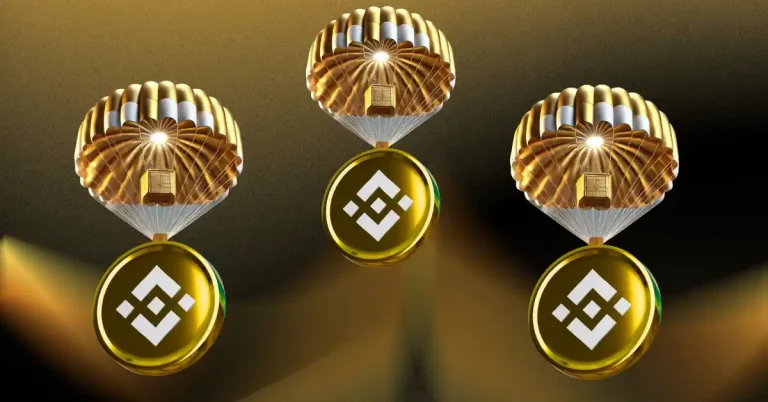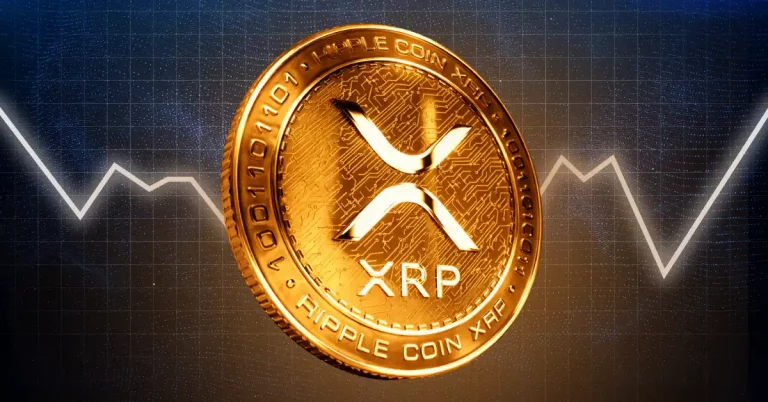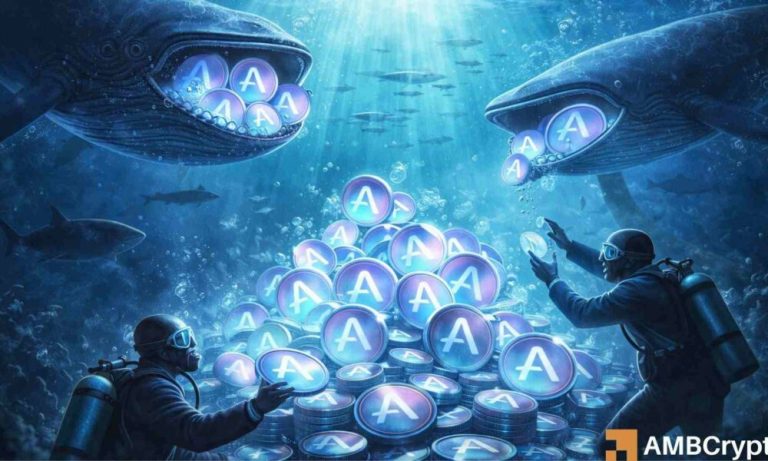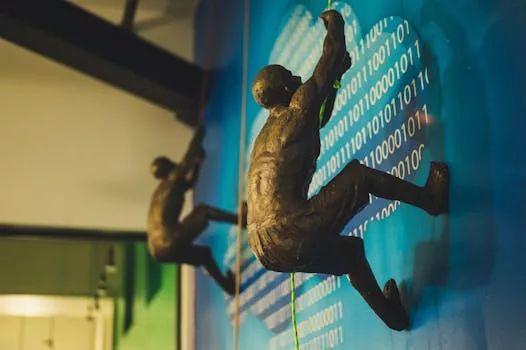
Contemporary Sculptures That Challenge Traditional Boundaries
Takeaways: Contemporary sculptures are redefining artistic expression by breaking through traditional forms and engaging viewers in unique ways. This article explores noteworthy artists, their innovative techniques, and the impact of these sculptures on the art community and society at large.
In the realm of contemporary art, sculptures are increasingly becoming a medium through which artists explore new ideas, challenge social norms, and provoke thought. Gone are the days when sculptures were limited to static representations of figures or objects in traditional materials like marble and bronze. Today’s artists are pushing the boundaries of sculpture, incorporating technology, unconventional materials, and interactive elements that invite viewer participation.
The Evolution of Sculpture in Contemporary Art
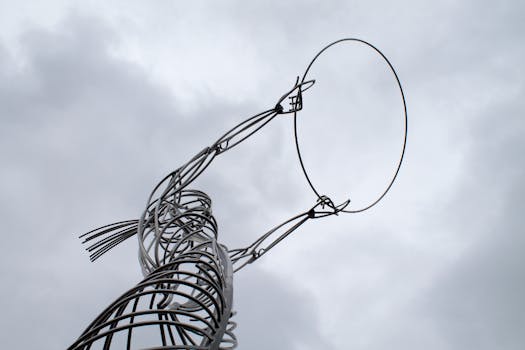
Artists like Damien Hirst and Jeff Koons have gained notoriety for their audacious works that blend commercialism with fine art. Hirst’s infamous “The Physical Impossibility of Death in the Mind of Someone Living,” featuring a preserved shark in formaldehyde, challenges viewers to confront themes of mortality and the commodification of art. Similarly, Koons’ larger-than-life balloon animals made from stainless steel invite discussions on consumerism and the nature of art itself.
Innovative Techniques and Materials
Contemporary sculptors are not confined to traditional materials; instead, they explore a vast array of substances that expand the possibilities of what a sculpture can be. For example, artists are increasingly using recycled materials, found objects, and digital technology to create works that resonate with today’s environmental and technological challenges.
A prime example is the work of El Anatsui, who utilizes discarded bottle caps to create large-scale wall hangings that resemble textiles. His art comments on consumerism and waste, transforming everyday materials into stunning visual experiences. Similarly, artists like Tara Donovan employ everyday materials like plastic cups and paper to create intricate installations that invite viewers to reconsider their perceptions of mass-produced objects.
Moreover, the integration of technology in sculpture has led to the emergence of interactive installations. Artists like Olafur Eliasson create immersive environments that engage all the senses, inviting viewers to step into their artworks and experience them firsthand. Eliasson’s “The Weather Project,” for instance, filled the Tate Modern’s Turbine Hall with a massive sun-like orb, creating an atmosphere that encouraged social interaction and reflection.
Engaging Audiences Through Public Art

For instance, the “Fearless Girl” statue facing Wall Street’s “Charging Bull” challenges corporate culture and promotes gender equality. This powerful image has sparked conversations about women’s representation in leadership roles. Similarly, installations like Christo and Jeanne-Claude’s “The Gates” in Central Park brought together thousands of visitors, encouraging them to experience the park in a new light.
Conclusion
Contemporary sculptures are at the forefront of redefining artistic boundaries and challenging societal norms. By embracing innovative techniques, materials, and interactive elements, today’s artists are creating works that invite participation and provoke thought. As the art world continues to evolve, these sculptures not only enrich our cultural landscape but also foster discussions about pressing issues, making art a vital part of our shared human experience.

